Scanning
to Scale
Importing the Correct Size Image into your Picture
Clive R. Haynes FRPS
It’s much better to import the image at the size you need.
This is how.
Although' actually' in this 'worked example'' the image we require to make the montage (composite) is a little larger than we need therefore some scaling-down will be necessary. However, the principle is precisely the same should the image to be added need to be 'scaled-up'
.
Below are the two images that we're going to combine. For this example, the cottage was scanned in at 1,350ppi
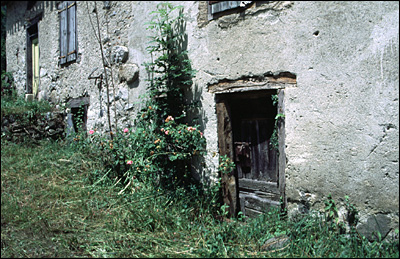
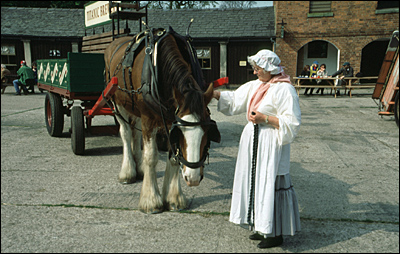
Method
1 Use the rectangular marquee tool to define the size of the area into which the new image is to be brought. This will establish the dimensions and therefore the 'size' of the image you wish to ‘paste’ into the space. See below
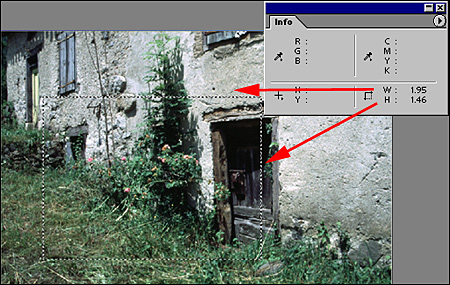
Its called ‘New’.
7 Note the File Size - this will be used in a few moments Close the 'New' file – it only served as a reference to discover the file size required. See the 'screen grab' below - the W & H are as above (step 2) and the resolution as in step 3 - 1,350ppi and the all-important Image size is 2.31mb.
Now we have established the size of the file we need to import all we have to do is set the scanner so that the area of the image we wish to import indicates, in this case 2.31mb (or as near as we can get to it)
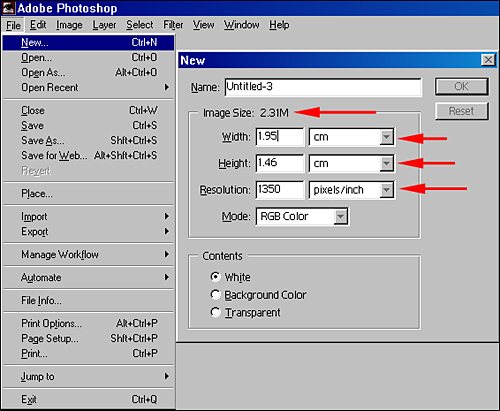
Do this by altering the percentage setting and/or the resolution setting (a series of guesses until about right) for the scan or by typing in the file size (Mb) required, however not all scanner software will give this latter option. If in doubt always opt for a slightly greater file size, as re-sizing downwards later, by 'Transforming' is not such a problem. All that you are aiming for is the correct file size in Mb. It doesn't matter how you arrive at this figure - whether by changing 'scale' or ppi (dpi in some scanners).
The 'screen grab' below shows how I adjusted my scanner to achieve - close enough!
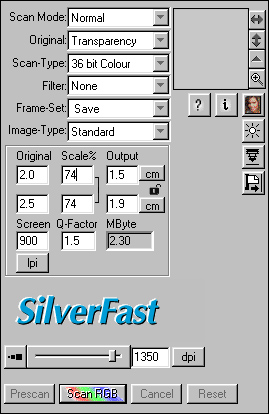
After bringing the image into Photoshop, rotate the image so it’s the right way around If necessary.
12
With both 'windows' visible (that is destination/original image and imported image)
use the ‘Move’ tool in Photoshop (arrow icon, top right of Tool Box) ‘drag and
drop’ the newly scanned image into the picture area. Lo and behold, the image
you have just imported is the correct size – or very close. And it appears on
a separate layer.
See image below
Make any further small adjustments to size, if required, via the Edit ‘Transform’ menu.
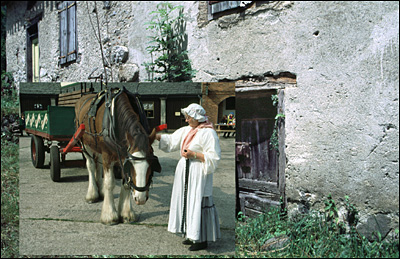
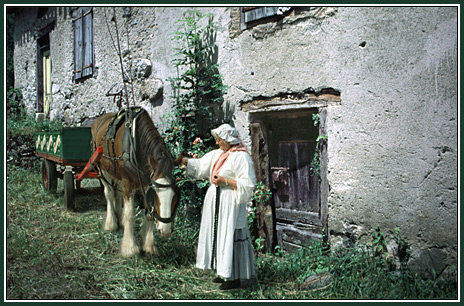
and shadows added to give a more authentic appearance